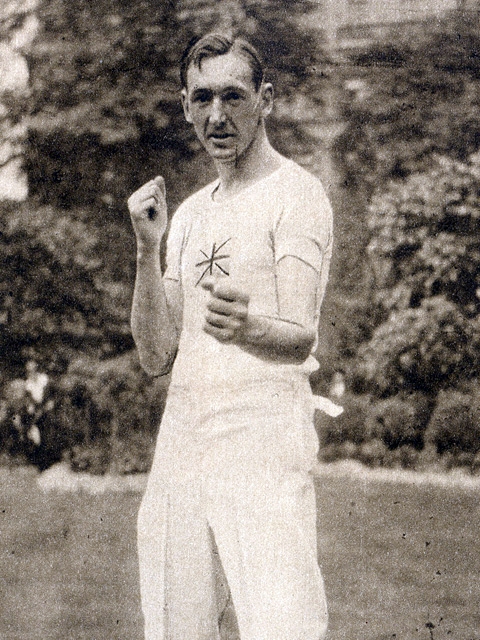At Westminster School, Ronald Rawson was an outstanding all-round sportsman, and in his last year was captain of cricket. He went up to Trinity College, Cambridge, where he came close to winning a cricket blue and took up boxing, for which he soon showed a considerable talent. In 1913, although weighing in within the light-heavyweight limit, he won the heavyweight bout for Cambridge against Oxford and the following year, fighting in his correct division as a light-heavyweight, again beat his Oxford opponent. In the war, Rawson served as a captain in the Royal Engineers and achieved the rare distinction of winning two bars to the Military Cross. After the war he joined the Polytechnic BC and in his first experience of open competition he won the novices heavyweight class at a tournament in January 1920. Within three months he was the ABA champion and within seven months he was an Olympic gold medalist. At the Antwerp Olympics in August, Rawson added his reputation as a devastating puncher with none of his opponents succeeding in lasting the scheduled three rounds. He won the final with a second round KO of Søren Petersen of Denmark. In 1921, after winning a second ABA title Rawson retired having been in top class amateur boxing for little more than year. Since his first open contest as a novice in January 1920 he had taken part in 28 flights and won 27 of them by a KO. The other contest was won on points and the distinction of being the only man to last three rounds against Ronald Rawson goes to Harold Franks, the 1920 ABA light-heavyweight champion.

 Great Britain
Great Britain GBR
GBR